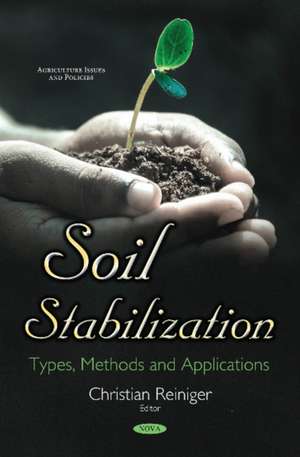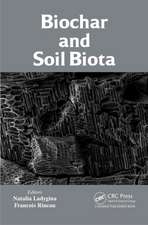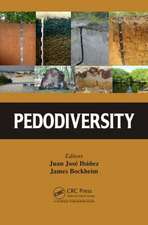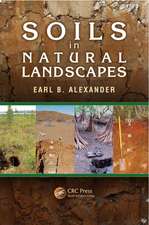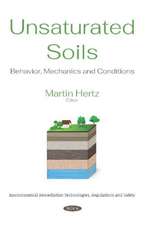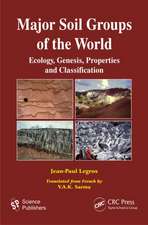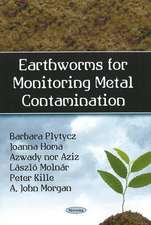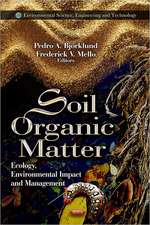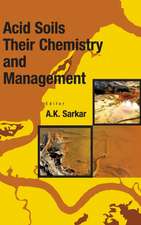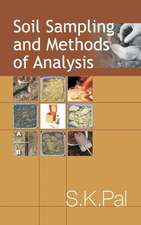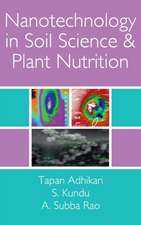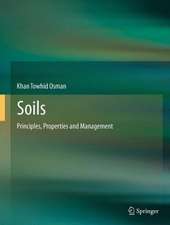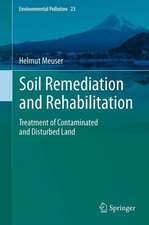Soil Stabilization: Types, Methods & Applications
Editat de Christian Reinigeren Limba Engleză Hardback – 31 oct 2017
Preț: 1445.57 lei
Preț vechi: 1853.97 lei
-22% Nou
Puncte Express: 2168
Preț estimativ în valută:
276.61€ • 285.37$ • 230.83£
276.61€ • 285.37$ • 230.83£
Carte disponibilă
Livrare economică 06-20 martie
Preluare comenzi: 021 569.72.76
Specificații
ISBN-13: 9781536125078
ISBN-10: 1536125075
Pagini: 333
Dimensiuni: 180 x 260 x 26 mm
Greutate: 0.83 kg
Editura: Nova Science Publishers Inc
Colecția Nova Science Publishers Inc
ISBN-10: 1536125075
Pagini: 333
Dimensiuni: 180 x 260 x 26 mm
Greutate: 0.83 kg
Editura: Nova Science Publishers Inc
Colecția Nova Science Publishers Inc
Cuprins
Preface; Phytostabilisation as a Remediation Option for Recovering Trace Elements-Contaminated Soil; Composite Stabilization of Dilatant Coastal Residual Soils, Akwa Ibom State, Nigeria; The Consolidation & Stabilization of Foundation Soils through the Injection of Expanding Polyurethane Resin under a Non-Invasive Diagnostic Check by 3d-4d-Ert; The Reuse of Ladle Furnace Basic Slags in Clayey Soil-Stabilization Applications; The Influence of Nitrate Ions on the Mechanical Performances of Soils Treated with Hydraulic Binders; Research on the Bearing Characteristics of Confined Stabilized Soil; The Effect of a Relative Formation Rate of Cementitious & Expansive Hydrates on the Strength of a Composite Stabilizer & Stabilized Soil; Lime Stabilised Glacial Till Clay Incorperating Wheat Straw or Waste Tyre Rubber Granules; Index.
